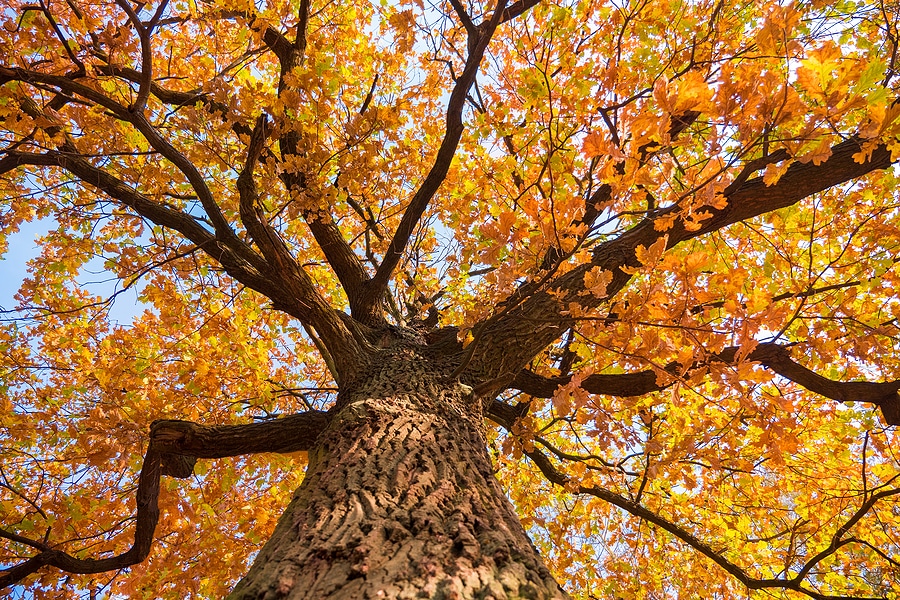As the vibrant hues of summer give way to the golden tones of autumn, it’s crucial to ensure that your trees are prepared for the cooler months ahead. At ArborLawn, we understand that healthy trees are the cornerstone of beautiful landscaping. If you’re preparing your trees for fall and winter, here’s our six-step guide to help you.

1. Inspect Them
A thorough inspection is the first step in preparing your trees for fall and winter. Check for any signs of disease, pest infestations, or structural weaknesses such as cracked or broken branches. Identifying these issues early allows us to address them before the harsh conditions set in.
2. Prune and Trim
Pruning is essential for tree health, particularly before winter. It helps eliminate dead or weak branches that could break under the weight of snow or ice. Focus on removing damaged limbs and those crossing or rubbing against others. Proper pruning enhances air circulation and reduces disease risk, setting the stage for stronger spring growth.
3. Mulch Wisely
Mulching is a crucial protective measure that insulates tree roots from extremes in temperature. Apply a 2-4 inch layer of mulch around the base of your trees, ensuring it doesn’t touch the trunk. This layer will retain moisture, suppress weeds, and provide essential nutrients as the mulch decomposes. Remember, proper mulching can be the difference between a tree that thrives and one that merely survives.
4. Water During Dry Periods
While trees require less water in the fall and winter, it’s still important to ensure adequate moisture, especially during dry spells. Deep watering before the ground freezes ensures that the tree roots are hydrated. Remember, dehydration is as much a threat during colder months as in summer.
5. Protect from Wildlife
Wildlife like deer and rodents may seek food and shelter in your trees as temperatures drop. Protect the trunk by installing tree guards or fencing around vulnerable species. Guarding against hungry critters helps maintain the integrity of your trees through the colder months.
6. Fertilize Wisely
Applying a slow-release fertilizer in the fall can be beneficial. It helps replenish nutrients and supports root growth, giving trees a boost when they emerge from dormancy. However, be cautious not to over-fertilize, as this can lead to growth spurts vulnerable to cold damage.
Nurture Now for Blooms Later
At ArborLawn, we believe that proper care and preparation are essential to a thriving, beautiful landscape all year long. Following these steps, you can ensure your trees remain healthy and robust, ready to burst into life when spring arrives. Remember, investing time in your trees now means less hassle and more enjoyment of their beauty later. If you need any assistance or professional advice, feel free to contact us in Lansing, MI, at (517) 882-1941—because your trees and lawn deserve the best care all year round. PS: Don’t forget to book your holiday lighting appointment, too!
